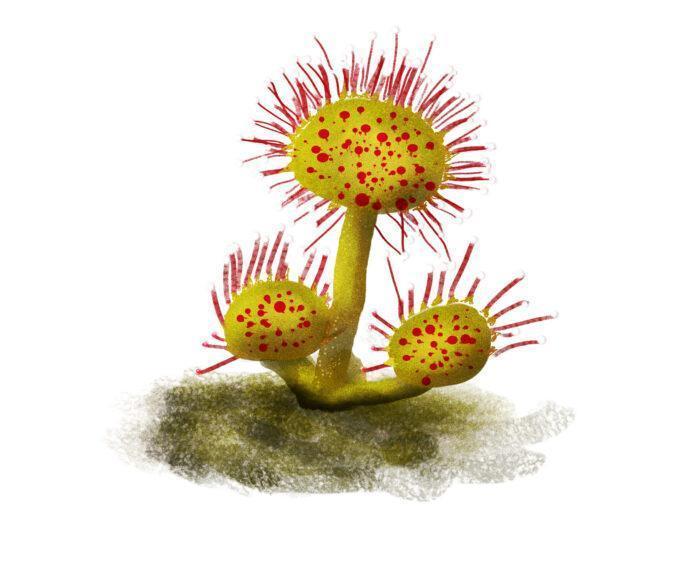Come Si Coltiva Dionaea Muscipula?
Dopo l’infatuazione iniziale per la bella venere acchiappamosche è arrivato il momento di capire bene come si coltiva Dionaea muscipula. Come in tutte le relazioni anche in questo caso è fondamentale trovare l’equilibrio per raggiungere una serena convivenza! Ebbene si, se è vero…





